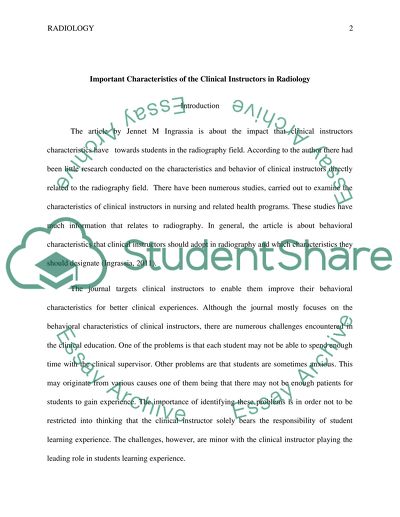Cite this document
(“Effective Radiography Clinical Instructor Characteristics Research Paper”, n.d.)
Effective Radiography Clinical Instructor Characteristics Research Paper. Retrieved from https://studentshare.org/health-sciences-medicine/1460433-effective-radiography-clinical-instructor-characteristics
Effective Radiography Clinical Instructor Characteristics Research Paper. Retrieved from https://studentshare.org/health-sciences-medicine/1460433-effective-radiography-clinical-instructor-characteristics
(Effective Radiography Clinical Instructor Characteristics Research Paper)
Effective Radiography Clinical Instructor Characteristics Research Paper. https://studentshare.org/health-sciences-medicine/1460433-effective-radiography-clinical-instructor-characteristics.
Effective Radiography Clinical Instructor Characteristics Research Paper. https://studentshare.org/health-sciences-medicine/1460433-effective-radiography-clinical-instructor-characteristics.
“Effective Radiography Clinical Instructor Characteristics Research Paper”, n.d. https://studentshare.org/health-sciences-medicine/1460433-effective-radiography-clinical-instructor-characteristics.


